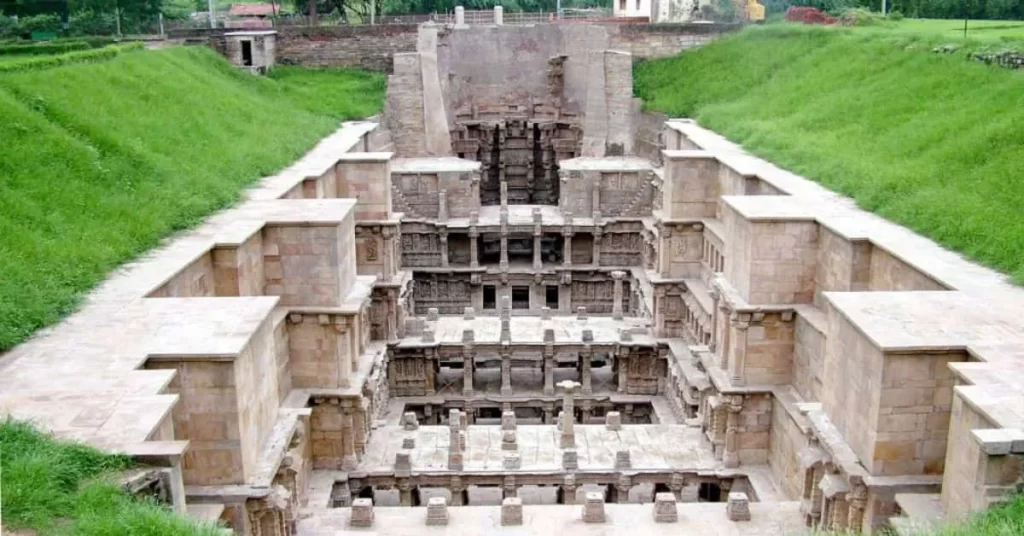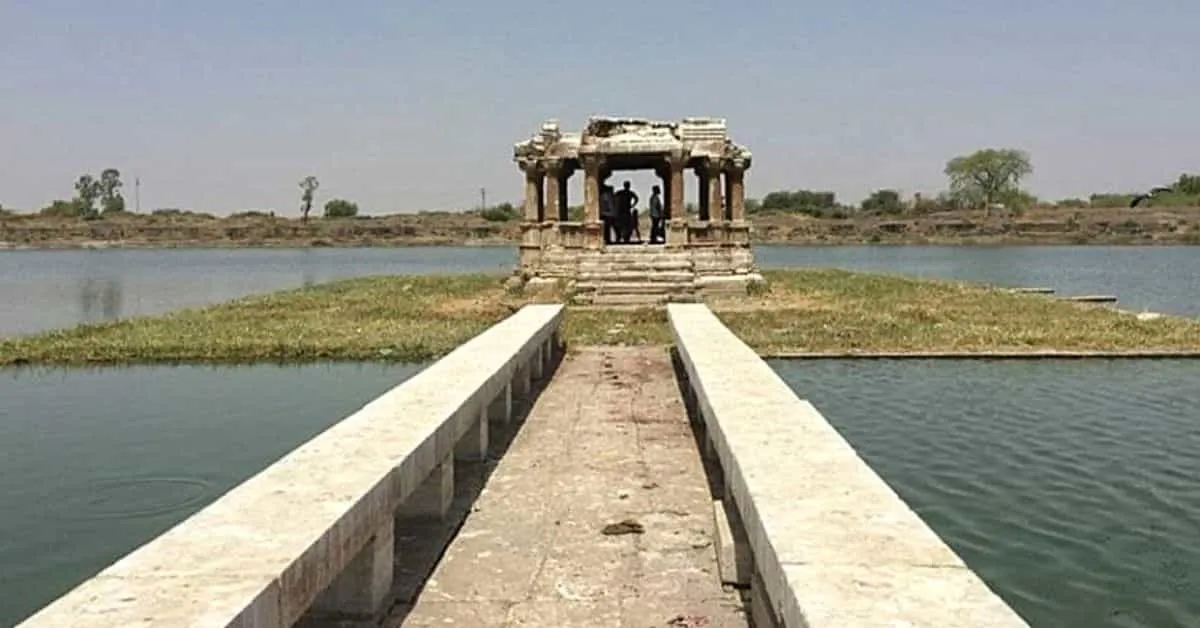Rani ki Vav History:- India is a country with lots of miracles. The miracles can be of any form. Few ancient constructions are the part of this miracle. We are going to visit such historical place which is very nice and famous for it’s carving.
In this article, we will get detailed information about the history, type, who built it, where it is located, how many floors it has, the art carvings, etc. of one of the most beautiful wavas in India. Ranaki Vav or Rani Ki Vav (Queen’s Vav) is located in the city of Patan, the capital of the Patan district in the state of Gujarat. This is such a historical site that thousands of tourists from home and abroad flock to see it.
Rani ki Vav History :-
You must have heard many historical examples of constructing palaces, ponds, wells, or ponds to commemorate a special occasion or person during the time of Raja Maharaja. The history of this Rani ki Vav is also something similar. The founder of the Solanki dynasty of Anhilwad Patan was Moolraj Solanki. Bhimadeva-1 was the great king of Patan. Rani Udayamati, Bhimdev-1’s wife, built the Ranaki Vav in her husband’s memory. According to historical facts, Ranaki Vav was constructed in 1061. Rani Udayamati was the daughter of King Ra Khengar of the 14th dynasty of Junagadh.
Centuries ago, floods in Saraswati river and other events buried the seed in the ground, but the Archeology Department of India in AD. The excavation process started in 1968 to remove the soil filled in the Vav, after many years of hard work, the Vav came back to its original form in 1980.
Architectural Type and Timing of Ranaki Vav:-
Rani ki Vav is 64 meters long, 20 meters wide, and 27 meters deep. The mouth of Rani ki Vav opens towards the east. It is a Jaya type vav as deep as seven stories. There are more than eight hundred ornate sculptures in seven arches. The main subject matter is the ten incarnations (dasavatars) of Lord Vishnu, including the Buddha. Along with deities, monks, brahmins and lip-painting and decorative nymphs and nagkanyas have also been carved in this vav.

Every year lakhs of pilgrims flock from the country and abroad to see the beautiful statues of Shiva, Parvati, Vishnu, Rama, Surya, Mother Durga, Chamunda, Mahalakshmi, Kuber Adi and the incomparable Dehalalitya Sabhar from the sculpture of Apsaras, Yoginis. It is said of those who find the relic Vishnu carved upon the surface of the water, here he rests eternally in the eternity between the ages.
Must Read : Sabarmati Ashram History
There is a small gate here that opens into a 30 km-long tunnel towards Siddhapur. The entrance is now filled with mud and stones. About which it is said that this route would have been made for the escape of the king and the royal family in war or any difficult situation.
In 2014, UNESCO declared the Rani ki Vav a World Heritage Site in view of its architectural and historical significance. Which is something to be proud of.
Special Information about Rani ki Vav:-
- It is said that after almost 40 years of construction, Rani ki Vav, covered with amazing sculptures, was built.
- There are 340 stambhas (pillars) with unique carvings in this vav.
- An exquisite sculpture depicting the ten incarnations of Vishnu is a highlight of this vav.
- It is recorded in history that the Solanki kings had constructed seven thousand wavas and five thousand lakes in Anhilwad state. It was the royal use property of the queen’s son.
- This Vav is a living example of Maru-Gurjar style.
- In Sanatan Dharma, giving water to the thirsty is said to be the most sacred work. This is why our kings and maharajas used to build vav for the people.
- The religious images and carvings inscribed on the walls of this vav show the devotion to religion and art in our society at that time.
- Rani ki Vav is a fine example of art and architecture. This Vav gives an overview of the glorious history of Gujarat.
- The new purple colored Rs 100 currency notes issued by the Reserve Bank of India in 2018 feature the Rani ki Vav on the reverse side.
- Visiting this place during heavy rains and hot summers should be avoided. Winter is the best time to visit Rani ki Vav.
How to reach Rani ki Vav:
By Air:– Nearest airport from Patan is Ahmedabad. Which is about 125 km. is far away Ahmedabad is connected to Gujarat and major cities of the country by many flights.
By Train :- Patan is on the Western Railway Network of Indian Railways. Patan city is connected with other parts of the country by many trains. Daily Express and local trains run between Ahmedabad and Patan. So you can also visit this place by train.
By Road:- Patan is connected with all other parts of the country by road network. So you will easily find buses or travels to come to Patan from any place.
If you want to know about the Rani ki Vav History, architecture and art carvings, then you must visit this place once.
1. Who built Rani ki Vav
The Rani ki Vav History is very interesting. Rani Udayamati, the wife of Bhimdev-1 of the Solanki dynasty of Anhilwad Patan, built the Ranaki Vav in her husband’s memory in 1063.
2. Where is Rani ki Vav located in india
Ranaki Vav or Rani Vav is located in the city of Patan, the headquarters of Patan district in the state of Gujarat.
3. rani ki vav on which note
Rani ki Vav is a famous stepwell located in Patan, Gujarat state of India. Featured on ₹100 note by RBI (Reserve Bank of India) in 2018
Famous Tourism Place:
- Sahastra Ling Talav
- Rudra Mahalaya Temple
- Modhera Sun Temple
- Bahuchar Mata Temple
- malav lake dholka
I hope you liked our article on ‘Rani ki Vav History’ very much. We have put so many such articles on our blog. If you found this article really useful, don’t forget to share it with your friends. Your one comment, like and share gives us the motivation to publish new information.
